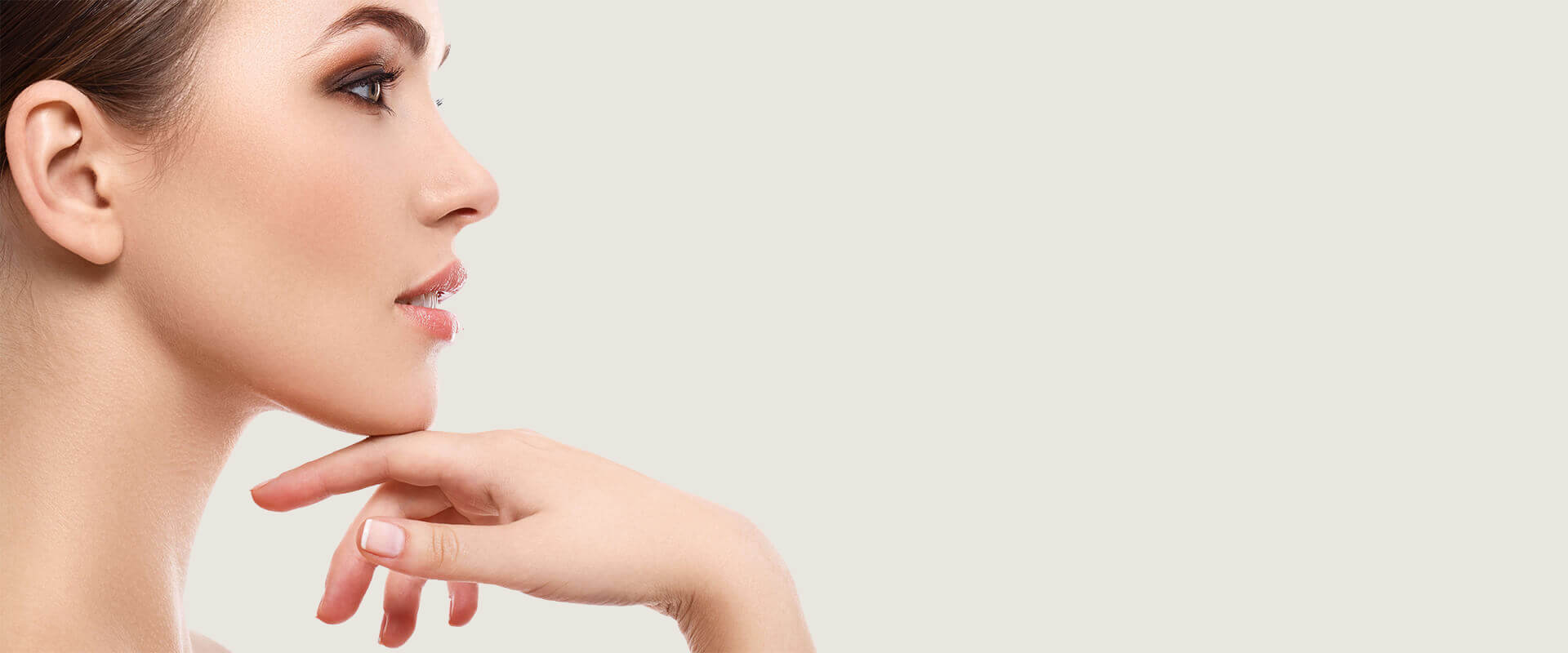Introduction
Acne is an inflammatory condition of the sebaceous glands of the skin which, when left untreated, prevents the smooth healing of the area. This is due to the important role that the hair follicle plays in the healing of the skin, which does not function properly when inflamed. After inflammation, healing is either inadequate or excessive and results in the growth or loss of skin tissue. When the inflammation is mild, the remaining lesions can only be erythema or pigmentation, while in other cases they may be more severe, so the residual lesions may be mild to very severe and may be located on the face, neck, shoulders, chest and back.
Prevention of acne scars
People with acne to avoid the appearance of acne scars should pay particular attention to the timely treatment of acne with appropriate medical treatment (retinol, tetracyclines, isotretinoin, contraceptive pills, laser use). Timely and individualized treatment reduces the chance of scarring, and if the person avoids finger contact at the points of acne lesions, the spread of lesions and swelling of existing ones are prevented.
The majority of acne scars are atrophic and, depending on their morphology, are divided into 3 forms:
1.Ice pick scars (narrow and submerged),
2.Boxcar scars (widespread dip),
3.Rolling scars (corrugated).
Ice pick scars look like they've been created by hitting a sharp tool head, like the sharp dip caused by the icebreaker on the ice. These scars are narrow and deep, extending deep into the dermis. These scars are the most difficult to treat.
Boxcar scars, which may be shallow or deep, are more rounded-wavy but may also have vertical sides. Finally they can be continuous like "wagons" - "boxcar".
Rolling scars cause corrugated appearance and texture on the surface of the skin and are usually caused by atrophy of the skin tissue.
Methods for treating acne scars
The above three forms of acne scars can coexist on a person's face or back. Depending on their form they are treated, using a different method or a combination of methods, which are selected after the clinical evaluation of each case individually. The methods used are phenol peeling, dermoextraction, surgical techniques (subincision excavation, microsurgical punch removal, fillers, lipofilling, microneedling and finally Fractional Co2 Laser, Fractional RF Microneedling Secret and the new revolutionary technique of Picoplus Pico Fractional Laser). The purpose of the aforementioned methods of treatment is twofold: on the one hand they are intended to dissolve the fibrous bundles that cause the skin to crease to form acne scars and on the other hand to stimulate the production of those proteins that occur on the skin. lloun to regenerate, such as collagen and elastin.
Fractional Laser (Fraxel)
Advanced Fractional (Fractional) Laser CO2 scans the skin, sublimating and peeling it in defined tiny areas of the skin, leaving intact bands intact. This procedure offers the benefit of a more enhanced skin healing process, as the intact zones leave intact tanks from which healing begins and aids. The healing time, as well as the risk of complications, is minimized compared to traditional CO2 lasers. Apply gradually and at low intensity to repetitive sessions (3-4) at intervals of 4-8 weeks, until the desired result is achieved.
Apply subincision to improve acne scars
Subincision is a minimally invasive procedure using a needle, under local anesthesia, to break the connective tissue fibers that in some cases "pull" the scar downwards. It is a safe method that can most often ensure a significant long-term improvement of corrugated scars. It is used in combination with other methods.
Lifting with punch
It is applied to circular deep scars, using a circular tool, with a tip diameter corresponding to the diameter of the scar, which circulates the scar, abstract and lift the surface of the scar to the level of the adjacent skin. The fixation is performed using a surface film. Then you can smooth with this area with ablative LASERS.
Use of Fillers
The implants are placed in the tissue beneath the scar to fill the deficit. Absorbable implants are commonly used, such as hyaluronic acid (Restylane, Juvederm, Teosyal etc.), hydroxyapatite (Radiesse), polylactic acid (Sculptra) or autologous fat (lipofilling).
